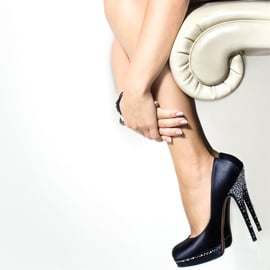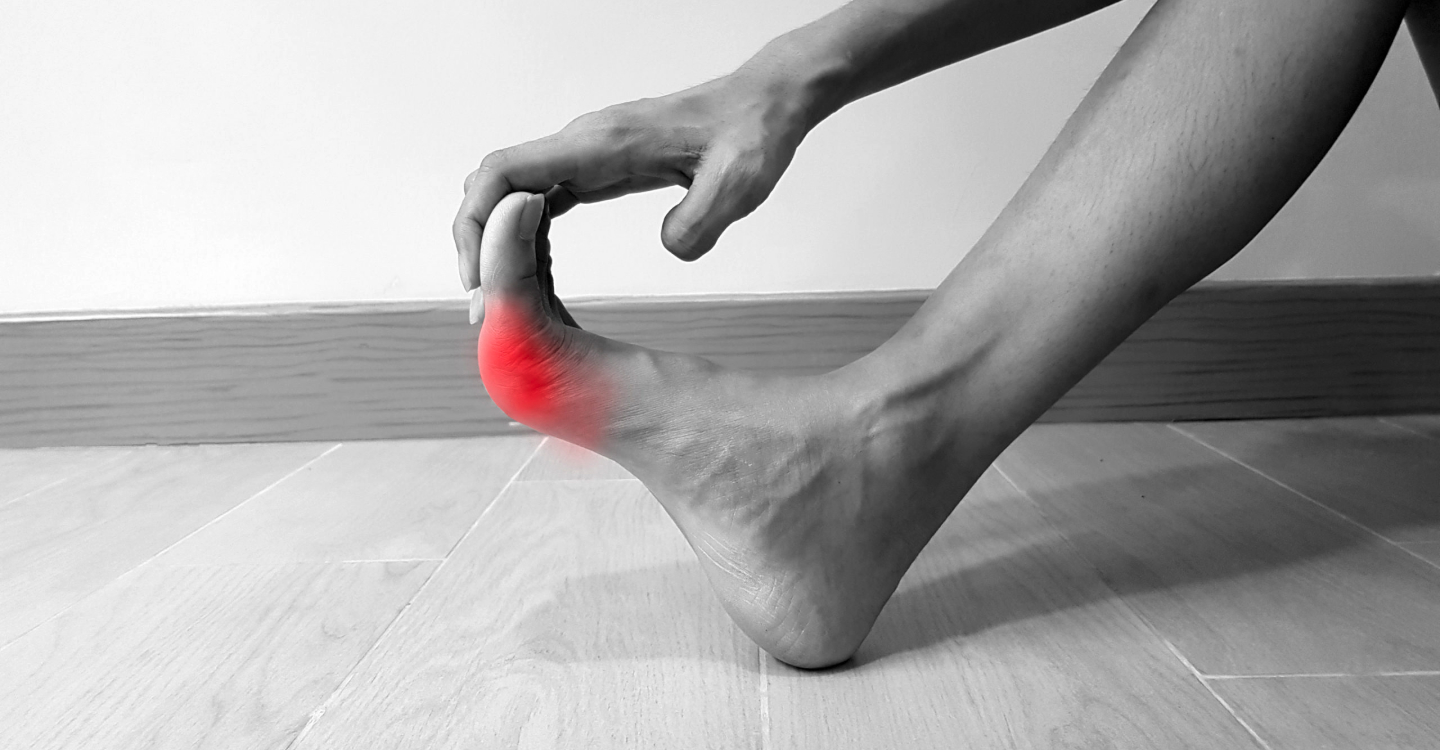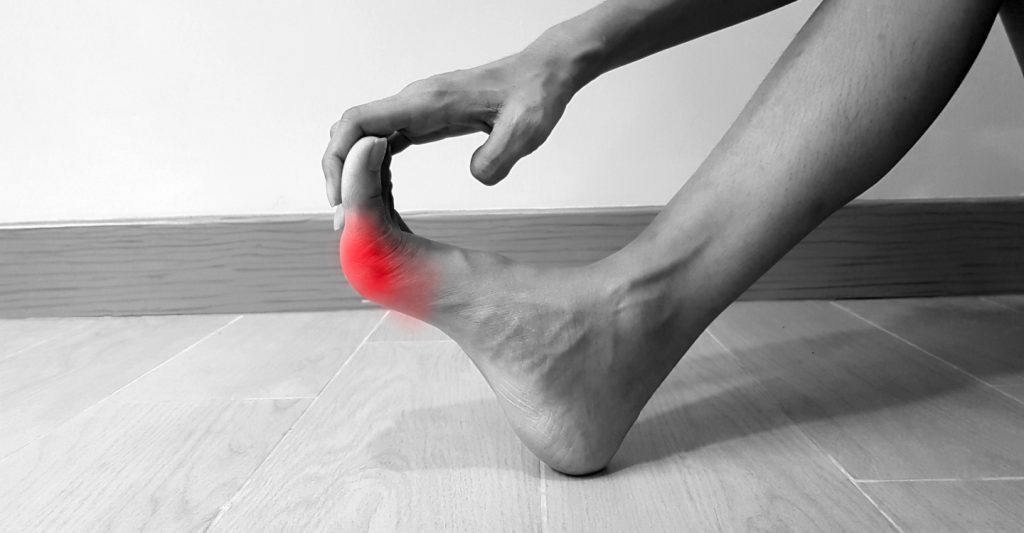
Bunions are bumps of bone that most commonly form on the joint at the base of the big toe. They occur when the big toe begins to abnormally push towards the other toes, which can enlarge the big toe joint and cause pain.
Bunions affect up to half of women and one-quarter of men. Proper footwear and treatment from a podiatrist can help you minimize your risk of experiencing the pain of this common problem.
How Do Bunions Form?
Uneven pressure on the tendons and joints of your feet can cause the joints in the toes to become unstable. This can lead to the formation of a hard piece of protruding bone as the angle of the big toe gradually shifts towards the outside of the foot. Bunions are less likely to form on the joint of the smallest toe (the formation of bunions on this toe is known as bunionette)
The pressure imbalance that leads to bunions can be connected to many different factors, including:
- High-heeled shoes
- Shoes that fit improperly
- Hereditary foot type
- Foot injuries
- Birth defects
- Jobs that put stress on the feet
Women are particularly susceptible to bunions, likely because it is more common for them to wear tight-fitting and high-heeled shoes. Bunions are also common in those who suffer from arthritis, which can degrade the cartilage in the big toe joint.
What Symptoms Do Bunions Cause?
The most obvious sign of a bunion is the formation of a bony bump at the base of the big toe. Bunions can also result in symptoms like:
- Limited movement of the big toe
- Thicker skin near the big toe joint
- Redness and swelling in the big toe joint
- Corns, especially between overlapping toes
In some people, bunions cause no symptoms, while in others they can become so painful that it is difficult to walk normally, especially in shoes that rub or squeeze the bunion. Bunions can grow larger and more painful with time and can cause conditions like hammertoes as the big toe pushes other toes into abnormal positions.
What Can You Do About Bunions?
If you believe you have a bunion, your doctor can diagnose the condition with an examination of your foot. An X-ray may also be recommended to inspect the joints of the foot and search for related conditions like arthritis.
Your doctor may recommend a variety of strategies for reducing the pain of bunions, such as:
- Wearing looser and more comfortable shoes
- Wearing custom orthotic insoles
- Using anti-inflammatory medications
- Applying cold packs to the location of the bunion
- Performing stretching exercises
If strategies like these fail to control pain, bunions can be surgically removed with a procedure called bunionectomy. This procedure typically involves removing the abnormal bony growth and returning the big toe joint to its original position.
Surgery for bunions can improve the function of the foot and resolve the pain associated with bunions. However, there is a risk of the big toe returning to its abnormal position even after surgery. This risk can be minimized by wearing proper footwear and recommended orthotics.
Bunions are a common problem and can be a source of serious foot pain. If you suffer from serious pain due to bunions, seeking treatment can help you find relief.



